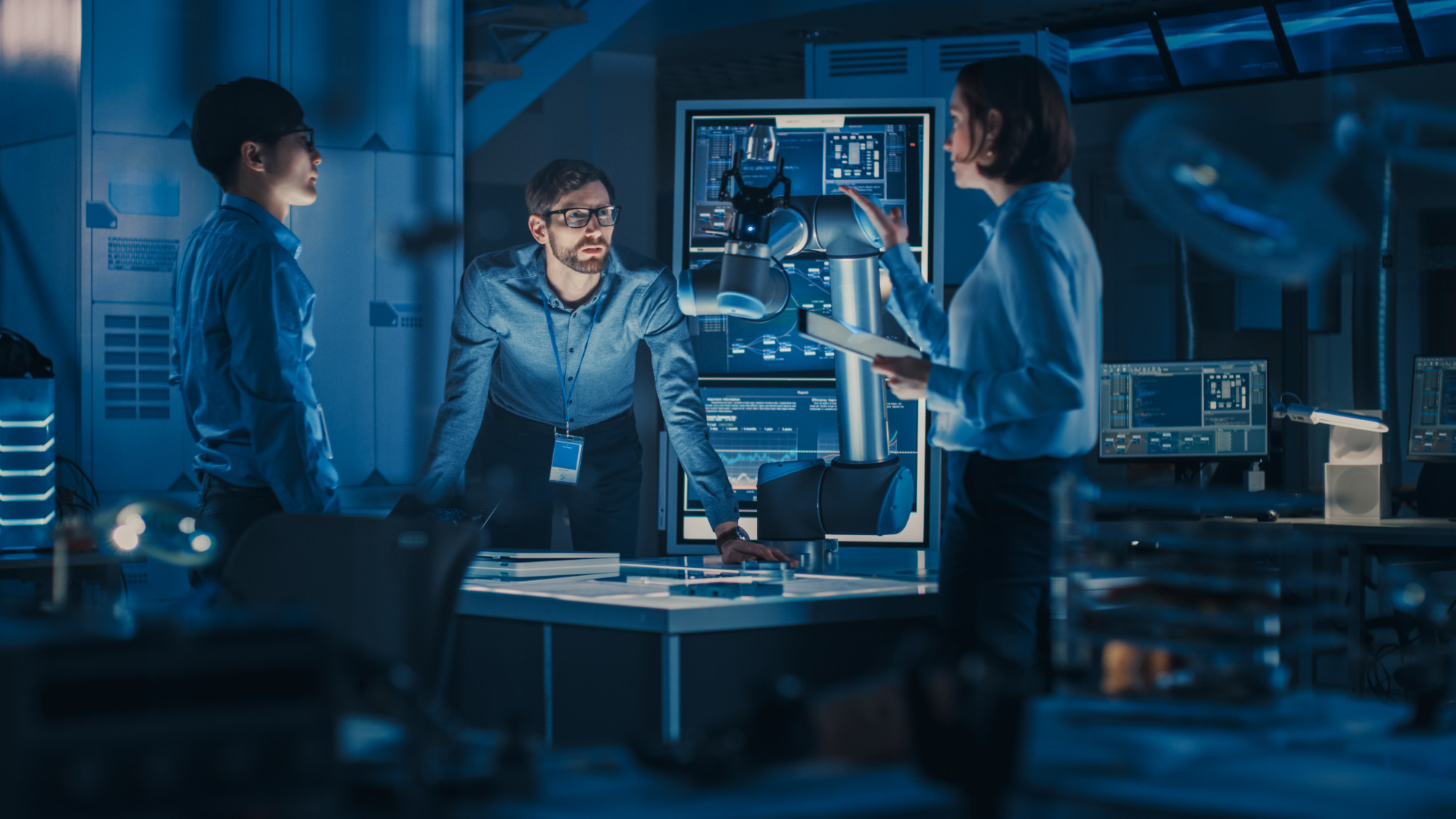 (Image source: Gorodenkoff/shutterstock.com)
(Image source: Gorodenkoff/shutterstock.com)
Siemens and FAU do research together on multiple topics, reaching from future technologies for efficient energy conversion over digital production strategies for industry and new processes in material science to new power-to-X concepts and medical technologies. Researchers from all Siemens Divisions are involved in projects with many institutes and departments at FAU and diverse formats of collaboration are successfully run.
Between 2013 and 2018, researchers from FAU and Siemens co-authored over 430 scientific publications, ran almost 250 bilateral research projects and participated in more than 30 publicly funded projects, both on national and European level.
If you plan a joint project do not hesitate to contact the FAU Siemens RIE office at FAU to help you finding the right partner and setting up details for the collaboration.

Siemens
Siemens wants to be at the cutting edge of several important technology and innovation fields, the so-called Company Core Technologies (CCTs). In fact, the CCTs have been determined to be critical for Siemens’ long-term success and of its customers. What’s more, they overlap in their relevance for Siemens’ Divisions – that means a CCT is meaningful nearly for every Division. Around €500 million of the company’s R&D expenditures in the current fiscal year have been earmarked for the CCTs. Expertise for the CCTs comes from Corporate Technology (CT), Siemens’ central R&D department, and from the individual businesses. In that way, the company’s R&D efforts are bundled.
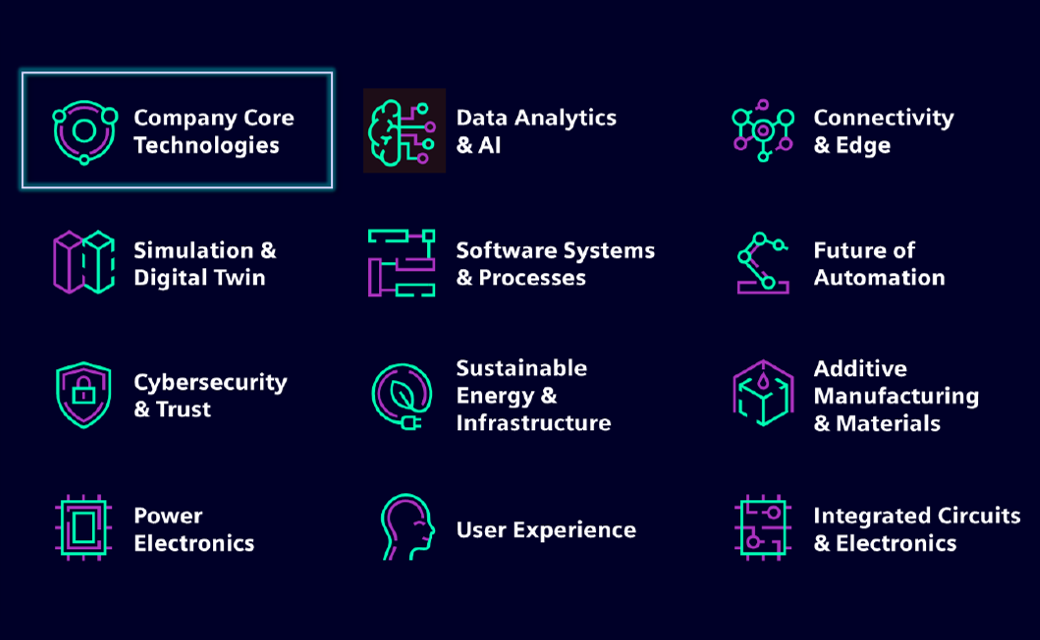
Paradigm shifts and fundamental changes
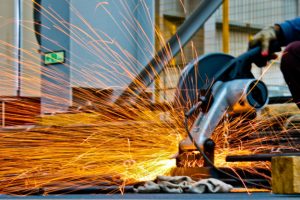
A 30 percent increase in productivity and up to 85 percent less energy consumption: This is the tremendous potential unleashed by additive manufacturing (AM) applications. This fascinating technology is on the verge of widespread industrial adoption. It represents nothing less than a paradigm shift in part design, manufacturing technology, and innovative business models. AM can provide lighter, performance-optimized, and potentially cheaper industrial products that can even reduce a company’s footprint – along with enhanced operational flexibility, speed-to-market, higher plant productivity, and supply chain resiliency.
To realize these expectations, AM relies on the application of powerful digital tools and automation technologies. These ensure a seamlessly integrated end-to-end workflow that efficiently takes the AM user from an idea to a validated design all the way to a final end product. With simulation tools along the process chain, even first-time-right printing is achievable.
Creating a seamless digital chain
Siemens isn’t just an experienced user of additive manufacturing; the company also provides the necessary tools for others to leverage the power of AM. With the Digital Enterprise portfolio, Siemens offers holistic solutions containing CAD, CAM, and CAE software for designing and validating parts and automation technologies that enable machine builders to deliver state-of-the-art 3D printers or peripheral machines.
At designated global technology hubs, Siemens is demonstrating the power of this portfolio to its customers and co-creating new applications with regional ecosystems of partners, customers, and academia. Their shared goal is to industrialize additive manufacturing by enabling the ecosystem to create, produce, and use additive applications at scale.
Connectivity and Edge

The Internet of Things (IoT) stands for the seamless integration of the physical world with the digital world. Like Web sites, physical things are connected and become part of the Internet. They share their data, and they expose their capabilities to other devices, applications, and end-users. The IoT is growing at a tremendous rate, and billions of devices are already connected. This creates fascinating opportunities for transparency, new services, and innovative business models.
Beyond the public domain, this development has enormous potential for the industrial sector.
High expectations and no sacrifices
Customers in these sectors have high expectations for their systems’ security, safety, and reliability. They’re striving to transform and expand their businesses through digitalization – but without sacrificing quality or endangering data protection and business-critical intellectual property.
So the IoT paradigm needs to be amended with industrial-grade properties like real-time capabilities, and safety and security features for industrial applications.
Seamless connectivity
Direct and unlimited access to devices and their data is a core element of any Industrial IoT (IIoT) application. All IIoT devices and systems must be connected seamlessly from the sensor level to enterprise platforms and clouds. Semantic technologies and industrial communication standards come into play to ensure easy integration and interoperability. The connectivity technology spectrum ranges from mobile communication like industrial 5G to advanced local network technologies like time-sensitive networking (TSN).
Industrial edge computing
Factories, traffic networks, and utility grids are more complex than connected light bulbs and fitness trackers. Systems in these domains typically consist of interacting devices that require supervision and management. They’re often large and highly distributed. They may be critical infrastructures whose failure can have enormous economic implications and even endanger people.
Digitalization in these areas means real-time insight, fast data analysis, and intelligent decisions that are highly performant, near-instantaneous, and close to the process.
Edge computing is the answer to resolving these challenges. Computing power can be allocated and managed across all levels. Applications – whether they’re for smart sensors or complex AI-based algorithms – can be downloaded and distributed directly to the point of execution. Updates, configurations, and changes are made during runtime, saving costs and engineering efforts.
IIoT future – Today
We’re prepared for what’s around the corner, where the convergence of OT and IT will determine the entire technology landscape. Whole industrial verticals will streamline their processes with IIoT technologies and embrace the advantages of flexibility, time to market, and cost reduction. Future industrial environments feature autonomous machines, modular production equipment, and collaborating self-aware systems.
Cybersecurity & Trust

In the digital age, Cybersecurity and Trust technologies are a prerequisite for organizations to safeguard their critical infrastructure, protect sensitive information, ensure business continuity, and enable new services and business models that extend beyond traditional trust boundaries.
A fundamental differentiator for Siemens’ digital business
Mastering these technologies for our own company and our customers in an industrial environment is a competitive advantage in a growing business field that’s driven increasingly IoT, M2M, Industrie 4.0, and global supply chains – all areas that demand an integration of operational and business systems across company and trust boundaries. Our unique combination of technical expertise in Cybersecurity & Trust and the profound domain expertise places Siemens in an ideal position to be both a market and a thought leader.
We’re driven by purpose and are open for collaborative innovation of future technologies. We create value for our customers by offering products and solutions that meet the most demanding security requirements, standards, and regulations. They ensure the integrity and availability of critical infrastructures by offering protection from industrial espionage and denial of service attacks. Trust technology allows information to be verified and value to be exchanged without having to rely on a third-party authority. Cryptographic systems and consensus protocols ensure that shared data is only modified by agreement and that the recorded history of transactions is impenetrable. This multi-party business logic may be executed on top of a blockchain system.
Data Analytics and Artificial Intelligence
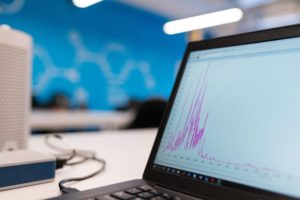
Artificial intelligence comprises a set of programming techniques that was inspired by natural learning. AI enables computer systems to solve problems that can’t be managed using traditional programming: typically, this means problems that require the accurate interpretation of data, context, and environment. Examples include reading and interpreting text, driving cars, recognizing images, and controlling industrial machines.
Applying AI in an industrial context
Data analytics in particular has become very important for Siemens, because digitalization and IoT environments generate huge volumes of data that no human could ever fully analyze and interpret – but AI is up to the task and therefore allows us to get the most from our data. Read more
More sophisticated AI techniques like deep learning and reinforcement learning have also developed into the cornerstones of industrial AI. They enable programs and machines to find solutions by themselves, which offers a new universe of possibilities for autonomous or collaborative machines. Read more
Siemens has been working in the areas of data analytics and AI for over 30 years and has a proven track record of generating business by successfully applying AI in a variety of industrial contexts.
Power Electronics
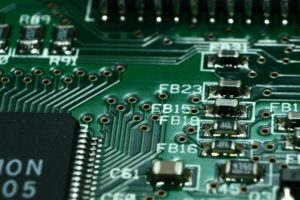
Power electronics make electric power available at any time, at any place, and in an application-appropriate form.
Power electronics are everywhere
Power electronics efficiently convert, switch, and control electric power wherever electricity is generated, transmitted, distributed, and consumed. New applications like renewable sources of electric power, electric cars and e-charging, battery storage, DC infrastructure, and autonomous robotics are the mass markets for industrial power electronics. In many cases, the requirements for their performance, functionality, sustainability, serviceability, costs, installation space, and weight are constantly increasing and the innovation cycle time is decreasing. In addition, power electronics are the data access and control point in the Internet of Things (IoT) and its derivatives: the Industrial IoT and the Internet of Energy.
We’re at the forefront of the transition to a digitalized converter-centric power infrastructure that comprises grid and building infrastructure, industrial environments, and personal living spaces.
Power electronics are crucial for Siemens
Industrial applications, smart grids, building infrastructure, and rail-based mobility are all examples of highly attractive markets where power electronics play a central role. Many new technologies and novel business concepts have emerged in recent years, from wide band-gap power semiconductors to IoT and smart services. They’re allowing Siemens to generate unique customer value in many different areas and defend, expand, and enter markets.
Simulation and Digital Twin
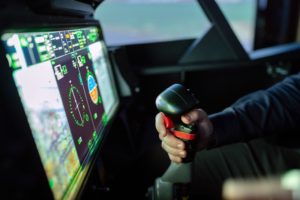 A digital twin is a virtual representation of a physical object and so offers a way to integrate real-world objects into the digital world. Simulation is the execution of a (mathematical) model to study the object’s behavior and predict and optimize its performance along its lifecycle.
A digital twin is a virtual representation of a physical object and so offers a way to integrate real-world objects into the digital world. Simulation is the execution of a (mathematical) model to study the object’s behavior and predict and optimize its performance along its lifecycle.
The Siemens approach to the digital twin covers the entire lifecycle of assets, from their design and production to operation, servicing, and maintenance. We build digital twins for products like trains, machines, and aircraft and for complex systems like buildings, chemical plants, and electricity grids.
Inside a digital twin
A digital twin integrates all data, simulation models, and other information from a physical object generated during engineering, commissioning, operation, and service and are provided to designers, engineers, operators, and service technicians across vertical domains.
The core component of many digital twins is a simulation model that implements the behavior of the simulated object. While simulation technology and mathematical modeling has been used for several decades, the options for creating digital twins have improved significantly in recent years due to breakthroughs in solver technology and semantic methods and the vast availability of fast computing hardware and virtual reality technology.
At Siemens, we build complex technological products. We create digital twins of our products so we can design them faster, make them more powerful, and enable our customers to operate them more effectively. Our software solutions also provide our customers with tools to create and use digital twins for their own products.
While those products and solutions cover a broad range of applications, there are significant universal challenges across the domains that we address in the CCT Simulation and Digital Twin. These include the simulation of complex multi-physical and multidisciplinary systems; semantics and knowledge graph technologies to create a digital twinfabric; combining machine learning and simulation; our executable digital twin that can be leveraged in real time during the operation of an actual asset; generative engineering methods for automated support of design engineers; and virtual and augmented reality technologies
Sustainable Energy and Infrastructure
 The energy landscape is transforming from centralized, large-scale power generation to a network of often independently owned and operated energy producers and consumers. The transition is characterized by the deregulation of markets, increased renewable energy generation, and the departure from carbon-based fuels.
The energy landscape is transforming from centralized, large-scale power generation to a network of often independently owned and operated energy producers and consumers. The transition is characterized by the deregulation of markets, increased renewable energy generation, and the departure from carbon-based fuels.
Importance for Siemens
With many new players joining the established participants, the energy system is changing into a more heterogeneous structure in which the new market participants are aiming to take advantage of the new business models offered by this trend. This means that there are new customer types and therefore new customer needs to be fulfilled in areas such as energy consumption, generation, aggregation, forecasting, and trading.
On the technology side, the increase in efficient and affordable small-scale power generation solutions – including renewable energy, combined heat and power (CHP), and storage solutions –reinforces this shift. Siemens is addressing this trend by delivering customer-specific applications and services and meeting customer needs for e.g. energy efficiency, grid fee reduction, autonomy, resilience, reduced CO₂ emissions, and much more.
New opportunities also expose customers to increasing technical complexity and business risks. This had led to the creation of new business models that diverge from traditional investment structures.
Delivering “Energy as a Service”
The solution scope ranges from single turnkey projects to completely outsourcing the clients’ energy operations. Advanced business models like rental and leasing contracts, performance contracting, and own-and-operate models – resulting in Energy as a Service due to the high degree of digitalization – help reduce complexity and business and integration risks for our customers.
Automation
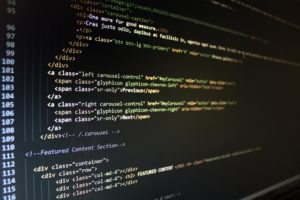
Whether it’s factories, buildings, process plants, or transportation systems, automation technology has always been the key driver of productivity. And the future of automation offers much more: The goal can be called “automating the automation.”
From mass production to flexible factories
Take the manufacturing domain as an example: The era when we had to choose between cheap, standardized, mass-produced products and customized, very expensive ones is nearly over. Production machines are very good at performing the same repetitive tasks at a high speed, but even today it’s still time-consuming for automation experts to reconfigure them.
Digitalization and the related emerging technologies – like artificial intelligence, the Industrial Internet of Things (IIoT), digital twins, edge, and the cloud – brought about a profound change and will enable the creation of a new class of more flexible and easy-to-use automation solutions with a significantly reduced engineering effort.
We are on the way to automate the automation
- AI-enabled systems are aware of their environment. They’re capable of finding solutions autonomously without needing an expert to pre-configure them.
- Using open, prefabricated (and pre-engineered) modularized units with integrated and autonomous automation (like manufacturing cells and process models) facilitates a “plug-and-operate” system and fast, flexible commissioning.
- Augmented reality and smart operator assistants create new possibilities for virtual commissioning and support the collection of plant data in real time to provide information exactly where it’s needed.
- In manufacturing processes, applying AI technologies in quality control can help identify error patterns even during operation, which saves money.
- Sensor fusion technologies allow autonomous rail and road vehicles to navigate safely and efficiently.
- Building automation systems can be installed and commissioned with no deep automation and programming knowledge.
Integrated Circuits (ICs) & Electronics
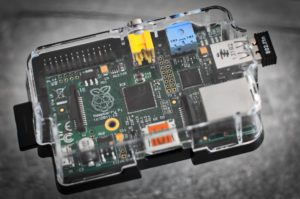 Powerful, sustainable, and cost-efficient industrial electronics are the solid core of many systems’ capabilities and performance.
Powerful, sustainable, and cost-efficient industrial electronics are the solid core of many systems’ capabilities and performance.
Model-based system engineering approach
As one of the leading electronics design automation tool companies, we focus on a design flow that leads from model-based system engineering to manufacturing data. Tooling for design, implementation, and verification are the foundation of efficient design methodologies and digital twins for electronics that involve IC/ASIC and PCB (printed circuit board) architectures.
Resilient, cost-efficient, and sustainable
Industrial electronics HW manufacturing needs a reliable and resilient supply chain in order to maintain a successful business. Optimization using digitalization and new technologies is required as well as to increase productivity and efficiency in electronics manufacturing. Factoring in the recycling and resource-efficiency aspects of production also supports sustainability and circularity in electronics manufacturing.
Software Systems and Processes
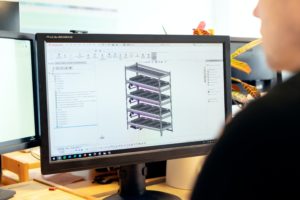
The CCT Software Systems & Processes is mastering the digital transformation at scale by focusing on research, pre-development, and the transfer of innovative software technology.
Importance for Siemens
In the industrial software field, Siemens has been an important driving force behind innovation for more than 20 years, and the company intends to perform the same role when it comes to the digitalization of industry.
Siemens aims to be a leader in shaping digitalization software for facility management, automation systems, power plants, and signaling centers. Company Core Technology Software Systems and Processes is therefore of decisive importance for the future of business at Siemens by supporting and accelerating the digital transformation of the company and its solution portfolio with innovative software technologies. This team of selected software experts is tasked with exploring and building the tools and methods that will enable the Business Units to develop their crucial digitalization software. The CCT SSP is also responsible for defining the federated and open technical architecture of our digital business platform Siemens Xcelerator.
User Experience

User expects easy interactions with our products. How do customers use Siemens products? What features do they need? And more importantly, what features are redundant and can be eliminated? User Experience (UX) focuses on the users, their expectations, and how they interact with our products. We’re working to acquire a deep understanding of users: what they need, what they value, and their abilities and limitations.
Introduction
“As customers gravitate more and more toward digital solutions, companies are prioritizing the user experience (UX). Why this response? Because the quality of the user experience can make or break a business, and the range from bad to good is even broader in the digital medium than in the physical world: from abysmal to magical.” Forrester Research, 2021
Importance for Siemens
Siemens plans to become a UX leader in the industrial sector over the next decade.
The customer’s experience with a product or service will become a key differentiator for us. We’re now in a position to create paradigms of interaction and value generation for our products and for the industrial IoT experience and therefore shape the markets in our favor. Investing in the user experience is also essential to identifying the key target areas and opportunities for every one of our solutions, services, and products.
Siemens is transforming into a digital company, and IoT is key to this transformation.
The digital transformation requires a strong focus on both the user’s needs and our business objectives. A successful IoT means that we identify the most appropriate offerings for the customer in addition to the right innovative technology. One of the more challenging digital transformation efforts is to align user value with business value – which is one of the key areas the User Experience team is focusing on.
Highlight Projects
Innovation in research today is no longer entirely driven by developments in traditional academic disciplines, but in interdisciplinary collaboration. FAU’s reputation as an outstanding research university with innovative academic structures and an unparalleled range of subjects is based on this approach: diversity as the basis for outstanding research results and the cultivation of a complete research profile. Each of FAU’s interfaculty Key Research Priorities and the Emerging Fields Initiative are key to the interdisciplinary and collaborative nature of this unique research constellation.
HighV – Delelopment of a fuel
cell–battery hybrid power train
for aviation
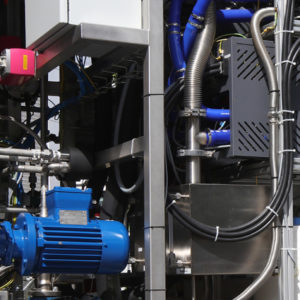
Funded by the German Federal Ministry for Economic Affairs and Energy (bmwi), several project partners develop an electrical drive train for aviation with a hydrogen fuel cell as an energy source.
Project Partners:
University Ulm, German Aerospace Center, Diehl Aerospace, Siemens AG and the Institute for Factory Automation and Production Systems at FAU
Highly compact and light
10 MW inverter for
aviation applications
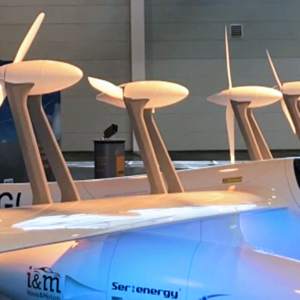
High power density electric motors with integrated power electronics enable electrical propulsion in aircraft. The Fraunhofer Institute for Integrated Systems and Device Technology (IISB) is developing and manufacturing prototypes of high power density electric motors with integrated power electronics for avionic drive trains of the future.
SDI Lab
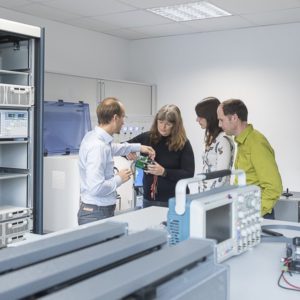
Siemens’ Software Defined Inverter (SDI) offers power electronics that is open for digital innovation via flexible software modules. The SDI community lab leverages student creativity to develop and support a vast range of SDI applications in IoT, cloud and Industrie 4.0.
Topics include Power electronics, Internet of Things (IoT), Cloud & Edge computing, Industrie 4.0, Smart Grid, Autonomous & smart devices
Formats of Cooperation
Contract DesignThere are many things to consider when it comes to setting up a contract between partners. Although at Siemens RIE Office we cannot offer legal council, we can get you in touch with the people who can at Siemens AG or FAU. If you plan to conduct a research project with FAU and Siemens, do not hesitate to contact the FAU Siemens RIE office (rie@fau.de). We are happy to help you with contractual details.
|
There are various formats for collaboration between Siemens and FAU. Which format is best suited for your projects depends on the goal you are pursuing with the collaboration. Here is an (incomplete) list of the most common forms of collaboration.
Bilateral Research Project
A research project is a research activity carried out in bilateral collaboration between Siemens and an academic partner with a defined content and time. Content, goals, degrees of goal specification as well as the form of collaboration may vary. Research projects can be carried out by the academic partner alone (contract research) or jointly with the involved Siemens Unit (joint research project). The contractual basis of a research project is usually an individual or project contract.
Publicly Funded Project
Publicly funded projects are research projects, which usually involve several partners from private industry and the academic world. The consortium partners work jointly together in a publicly funded project. In Germany common public funding sources are usually federal ministries (e.g. Federal Ministry of Education and Research, Federal Ministry of Economics and Technology or Federal Environment Ministry), but occasionally also state ministries. On European Level, the EU commission in Europe with their Funding Programs (like Horizon 2020) is a common funding source.
PhDs
There are different forms how Siemens and FAU work together with respect to PhD projects. They all have in common that PhD projects refer to research activities which result in the writing and presentation of a dissertation. One possible setup is that the PhD student is an employee of Siemens during the time of his/ her PhD project/thesis. A different setup is the allocation of the PhD student at the university or a mixture of the two cases. Details have to be clarified in each case individually. Benefit from our experience and do your PhD at Siemens in cooperation and close coordination with FAU that holds the right to award doctorates!
Lecutreships, Seminars, Workshops
A Siemens employee can give lectures without being employed by the university. He or she might give a stand-alone lecture, be part of a bigger lecture series or conduct a seminar, workshop etc.
